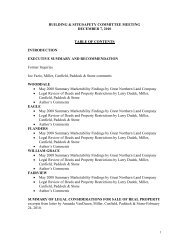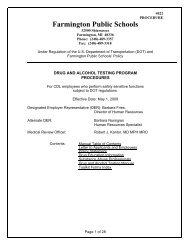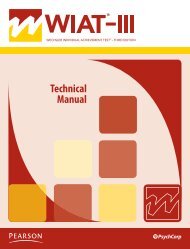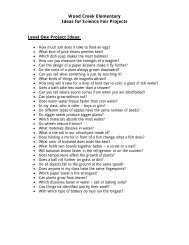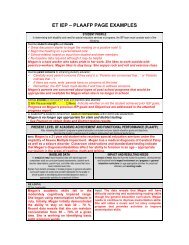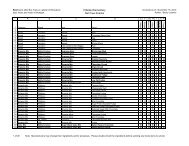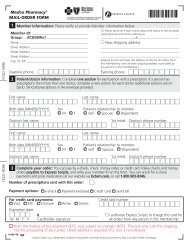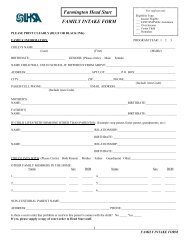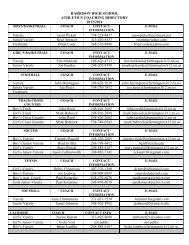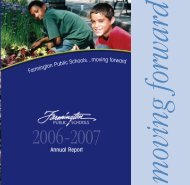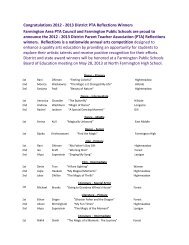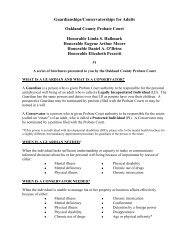Annual Report 2005-2006 - Farmington Public Schools
Annual Report 2005-2006 - Farmington Public Schools
Annual Report 2005-2006 - Farmington Public Schools
Create successful ePaper yourself
Turn your PDF publications into a flip-book with our unique Google optimized e-Paper software.
School Accreditation<strong>Farmington</strong> <strong>Public</strong> <strong>Schools</strong> is engaged in a variety of activities relative to school accreditation. All elementary, middleand high schools are accredited by the North Central Association Commission on Accreditation and School Improvement.Alameda and Fairview Early Childhood Centers and <strong>Farmington</strong> Community School are accredited by theNational Association for the Education of Young Children. Based on the successful completion of a fiveyearimprovement process, which demonstrated gains in student achievement, all schools havereceived their Outcomes Endorsement from NCA. All <strong>Farmington</strong> <strong>Public</strong> <strong>Schools</strong> have now finishedtheir third year in NCA’s new cycle of Performance Accreditation that promotes growth through atransitions process for both the individual student and the school system. The <strong>2006</strong>-2007school year will focus on the continuation of school improvement plans, monitoring progressof individual students, and adjusting instruction to meet the needs of all learners.Student AchievementStudents are assessed through the <strong>Farmington</strong> <strong>Public</strong> <strong>Schools</strong>’ AssessmentModel. Assessment provides multiple opportunities and a variety of approachesto measure student achievement. Standardized tests are used to comparestudent performance against state (Michigan Educational Assessment Program)and national (ACT Explore/Plan) results.In addition to standardized tests, end-of-grade, course and semesterassessments provide teachers with summative information about studentachievement that is tied directly to the curriculum (e.g., mathematics,language arts). Teachers use classroom assessments to adjust instructionbased on results and to inform students of how their learning is progressing.These measures are updated continuously to reflect the latest research andbest practice. In addition to paper and pencil tests, classroom assessmentsmay include portfolios, demonstration, research projects and other directmeasures of performance.The goal of the assessment program is to provide all students with variedand fair opportunities to demonstrate what they know and are able to do. Thiscomplete assessment program is used to monitor the learning of all studentsand provide feedback for instructional and curricular purposes.Community Education servedapproximately 1,989 adult studentsand 941 children during the<strong>2005</strong>-<strong>2006</strong> school year.They participated in tuition-basedenrichment programs for adults andchildren that met weekdays,evenings and Saturdays.•Adult Education served studentsin four programs:• Adult Basic Education• Alternative Education• High School Completion• English as a Second Language•Approximately 95 percentof graduating seniors in <strong>2006</strong>went to a college or university.•Seventy-six percentof the teaching staff haveadvanced degrees.17Senior Adults Giving to Education (S.A.G.E) volunteer, Ginny Starr and Forest Elementary School teacherNancy Keegan, work with a student. Ginny volunteers four days a week in Mrs. Keegan’s class.



